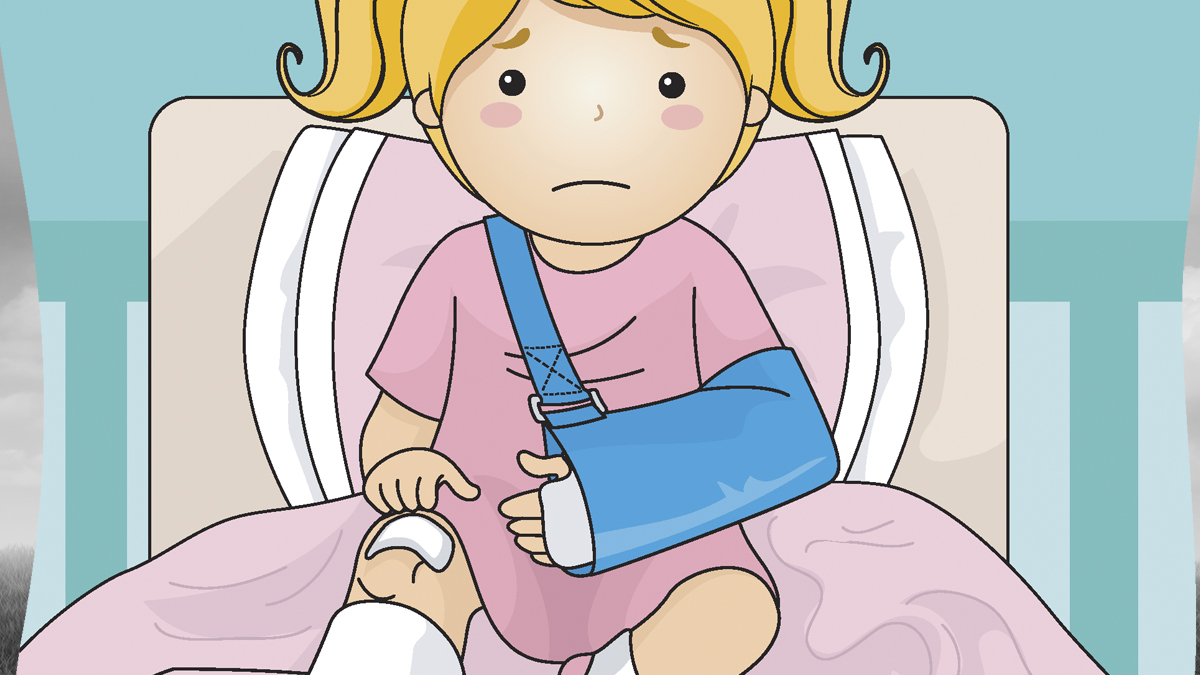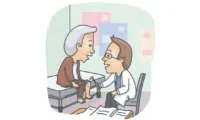“Why is my one leg shorter than the other?” cried the 14-year-old girl as she struggled to compete in school sports. At age 6, this young lady sustained a bad break in a long bone in one of her legs that, unfortunately, involved the growth plate. Now, over the past couple of years, during which time she has been experiencing a tremendous growth spurt, the leg is noticeably shorter than the other leg, resulting in difficulty playing sports.
Bones are not, as some believe, solid objects. Instead, they are hollow structures that provide body support and movement, store minerals and fat and form blood cells. They grow as the rest of our body grows until our mid-to-late teens. Bones grow from softer areas of cartilage at both ends, commonly known as growth plates. Once we are finished growing, these growth plates become hard bone.
Problems with growth plates can arise from various diseases or illnesses, but the most common cause relates to injuries, resulting in abnormal healing and bone growth. Dr. Matt Blue, a board-certified emergency medicine physician with Roper St. Francis Healthcare and the medical director of Charleston County Emergency Medical Services, drew an analogy between growth plates and one of my favorite treats. “Think of the growth plates as an ice cream cone. The ice cream represents the cartilage at the end of the bone, the cone represents the hard bone and where the two meet is the growth plate.”
Dr. Blue stated that bone fractures – also known as breaks – in children are classified based on the Salter-Harris Scale: “The scale ranges from 1 to 5, with 5 being the worst. Each level on the scale involves the growth plate, and the challenge is determining if a minor injury is simply a sprain or, indeed, a Salter-Harris 1 fracture, which can be difficult to diagnose.”
In keeping with the food theme, Dr. Blue said: “Some of these seemingly minor injuries are similar to having minor breaks in an egg, where you can’t see the cracks until black lines appear in the shell much later.” He added that “higher grades on the scale can result in greater risk of growth plate problems,” and that “although with proper treatment most growth plate injuries heal without incident, more severe injuries and those sustained at a younger age might require further intervention.”
A specialist who can provide further care is Dr. Blake Ohlson, an orthopedic surgeon with Sports Medicine & Orthopaedic Centers in Mount Pleasant. He explained that “improper healing can stunt the bone growth or cause the bone to grow at an angle, such as with ankle injuries.” Dr. Ohlson also stated that “medical conditions such as osteogenesis imperfecta, a collagen disease resulting in brittle bones that break easily, some cancers and even infections, such as osteomyelitis, each can cause growth plate problems resulting in the misalignment of bones or poor blood supply to the growth plates.”
“Fortunately,” said Dr. Ohlson, “treatments are available ranging from noninvasive interventions to surgery to other innovative therapies.” One specific treatment is called hemiepiphysiodesis, which is a surgical procedure that, over time, straightens a bone by disrupting the growth plate intentionally, thereby slowing the growth on one side and allowing the opposite side to grow.
Another option is the use of devices such as the Taylor Spatial Frame, an external device used for bone correction that consists of six struts coupled with a computer program and app that gradually corrects problems on the upper or lower limbs. “With the computer program, we can input the initial dimensions of a limb, along with our beginning and end values, such as degrees of rotation wanted. Through an app, the patient is instructed to manually turn the colored struts a specific amount at intervals throughout the treatment duration,” he said.
Dr. Ohlson continued: “One of the latest versions enables automatic adjustments of the struts based on data received and results in better patient compliance and outcomes.” He also mentioned other surgical techniques such as limb lengthening, cutting of a bone to correct length issues and the use of rods.
So for our 14-year-old athlete and for the parents of children who might be experiencing growth plate issues arising from injuries or diseases, treatment options are available locally to help assure normal bone development and peak performance.
By D.J. Thatcher, RN, NRP







